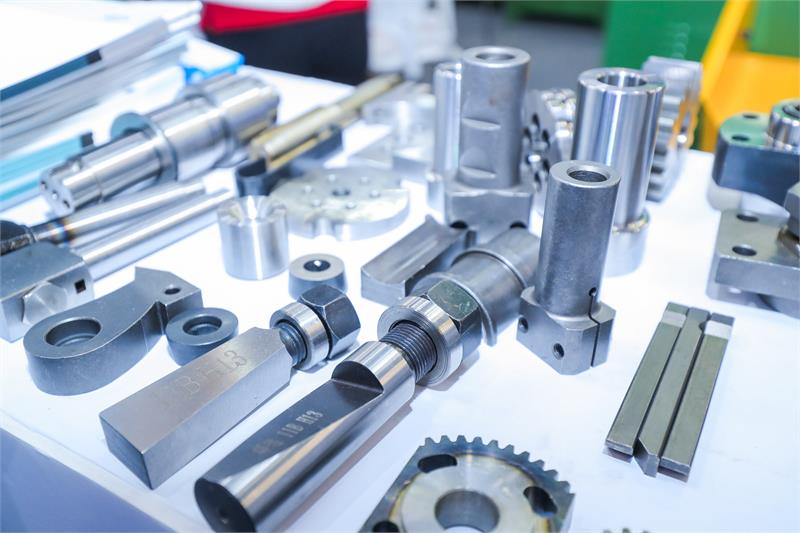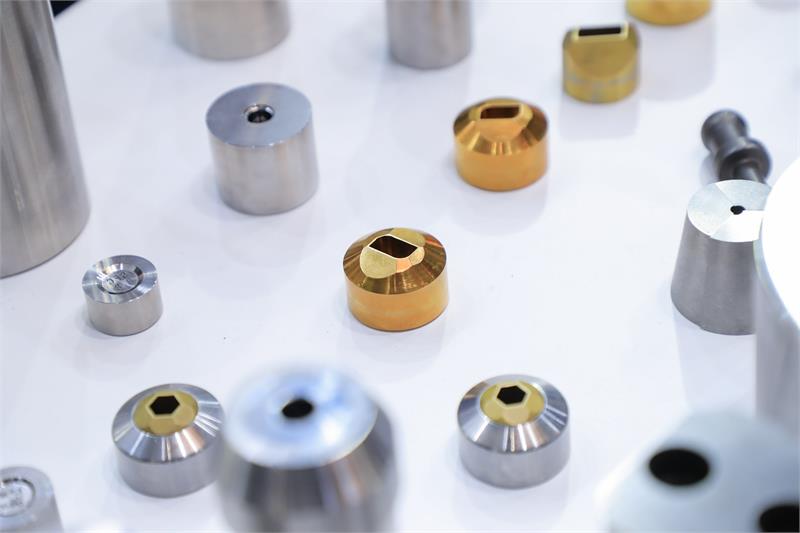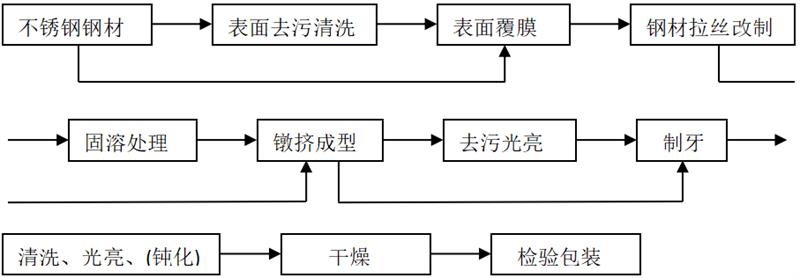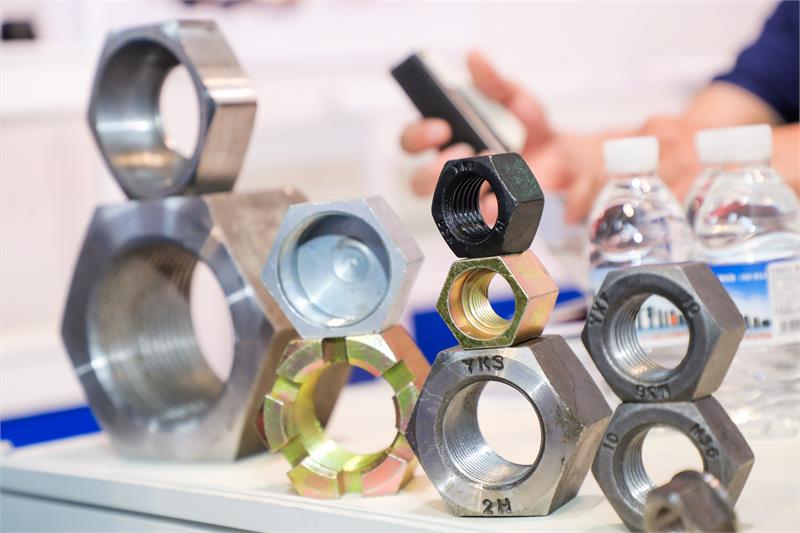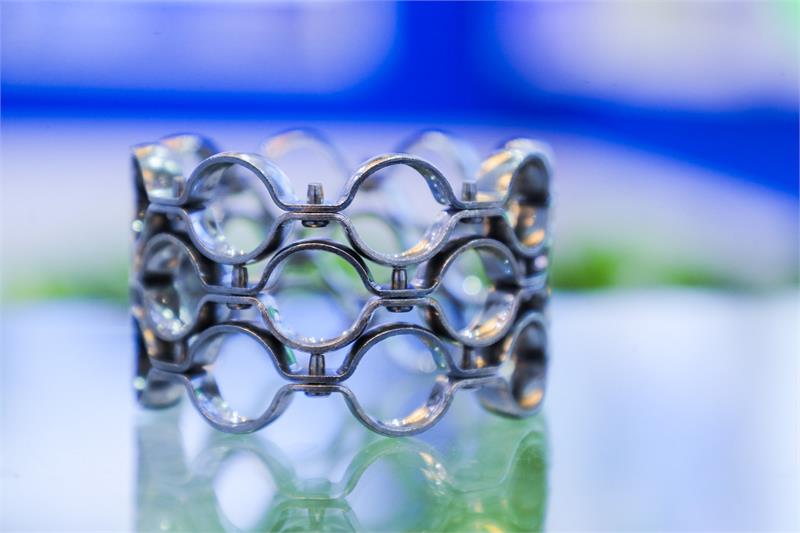At the beginning of production, stainless steel fasteners are generally produced using cutting and hot heading processes, resulting in poor product quality and low production efficiency.
In the early 1980s, with the rapid development of cooling technology, wire drawing and modification processes, and other related technologies, practical specifications and acceptance standards were provided for the production of stainless steel fasteners.
During this period, in developed countries and regions such as Japan, Germany, the United States, Italy, France, and Taiwan Province, cold and warm forging processes were adopted, which led to the rapid development of stainless steel fasteners.
So our country’s stainless steel fasteners followed the pace of developed countries and regions. In the 1990s, we began to introduce stainless steel fastener production equipment and technology, and the production of stainless steel fasteners began to enter a rapid development stage. Today, China has become the country with the largest production volume and capacity of stainless steel fasteners.
1. The process technology flow of stainless steel bolts and screws
2. Process technology
2.1 Surface decontamination and cleaning
The process that needs to be adopted when there is oil stains on the surface of the steel. When there is no oil stain on the surface of the steel that affects the surface coating of the next process, this process can be omitted.
If there is oil stains on the surface of steel, alkaline or acidic degreasers should be used for degreasing treatment to avoid poor adhesion strength of the film in the next process.
The method is to heat the alkaline degreaser at a temperature of 60-90 ℃, immerse the steel in the degreaser, and wait for the degreaser to remove dirt. After degreasing, rinse thoroughly with clean water.
2.2 Surface Film Treatment
The purpose of surface coating is to provide lubrication during the wire drawing modification and forming process. Due to the characteristics of stainless steel, it is not easy to generate a chemical reaction lubrication coating on its surface. Therefore, the surface coating of stainless steel is adopted in the form of surface coating, which has the disadvantage of poor adhesion strength between the film and the substrate.
During the production process, the film is prone to peel off and affect the production of the product. There are currently two commonly used film coating methods, one is oxalate coating treatment, and the other is inorganic salt film treatment.
Producers should choose production processes based on the different products. When lifting steel treated with skin film, it is necessary to avoid damage and damage to the skin film.
2.3 Wire drawing restructuring
1) Determination of diameter for wire drawing modification.
① Bolt drawing modification diameter,
Calculate according to the following formula (reference)
D-line=dsmin – (M1+M2)
② Screw (full tooth) drawing and modification diameter,
Calculate according to the following formula (reference)
D line=d to – M
2.4 Forming Technology
The bolt forming process is the most important part of product production, which determines the structural dimensions, quality, and other product characteristics of the product.
The calculation method for the length of bolt materials can be divided into two parts: first, the material used for the head; The second is the material used for the rod.
When stainless steel nuts are produced using the warm forging process, they are generally produced using the large material and small deformation process. This is mainly because stainless steel has a high degree of work hardening and toughness, and when forming at multiple workstations, the degree of hardening is high, which requires high mold performance.
During production, a five to six station molding machine is generally used for production.
3. Materials of stainless steel
The corrosion resistance of stainless steel depends on the alloying elements contained in the steel. Chromium is a fundamental element that enables stainless steel to achieve corrosion resistance. When the chromium content in steel reaches about 1.2%, the oxygen interaction between chromium and the corrosive medium forms a thin oxide film (self passivation film) on the surface of the steel, which can prevent further corrosion of the steel substrate.
In addition to chromium, commonly used alloying elements include nickel, molybdenum, titanium, niobium, copper, nitrogen, etc., to meet the requirements of various applications for the structure and properties of stainless steel.
At present, one of the common classification methods for stainless steel is based on the metallographic structure obtained by heating to high temperature and then air cooling. It is usually divided into five series: ferritic stainless steel, martensitic stainless steel, austenitic stainless steel, precipitation hardening stainless steel, and austenitic ferrite (duplex) stainless steel.
Post time: Mar-13-2024

